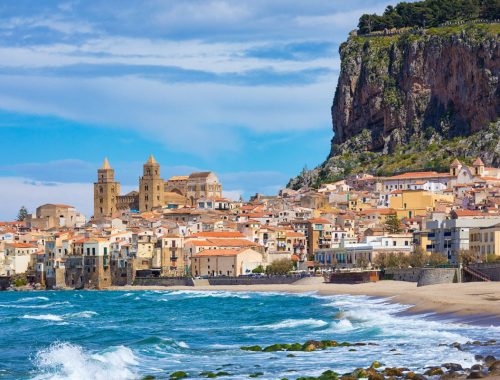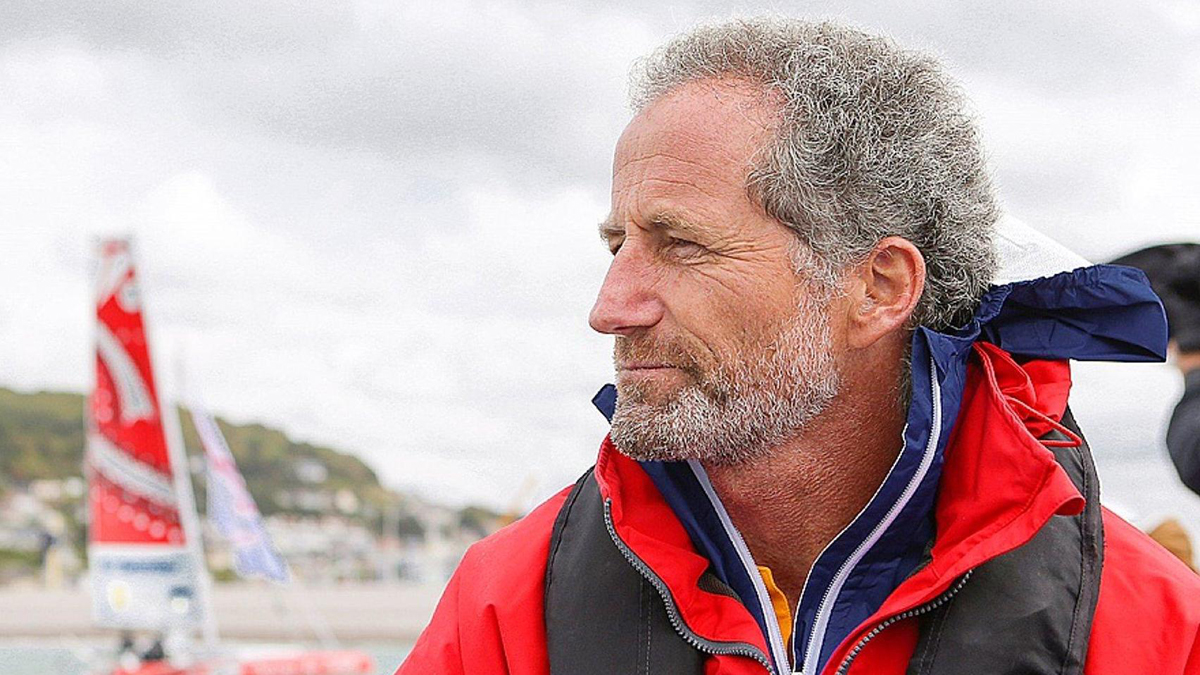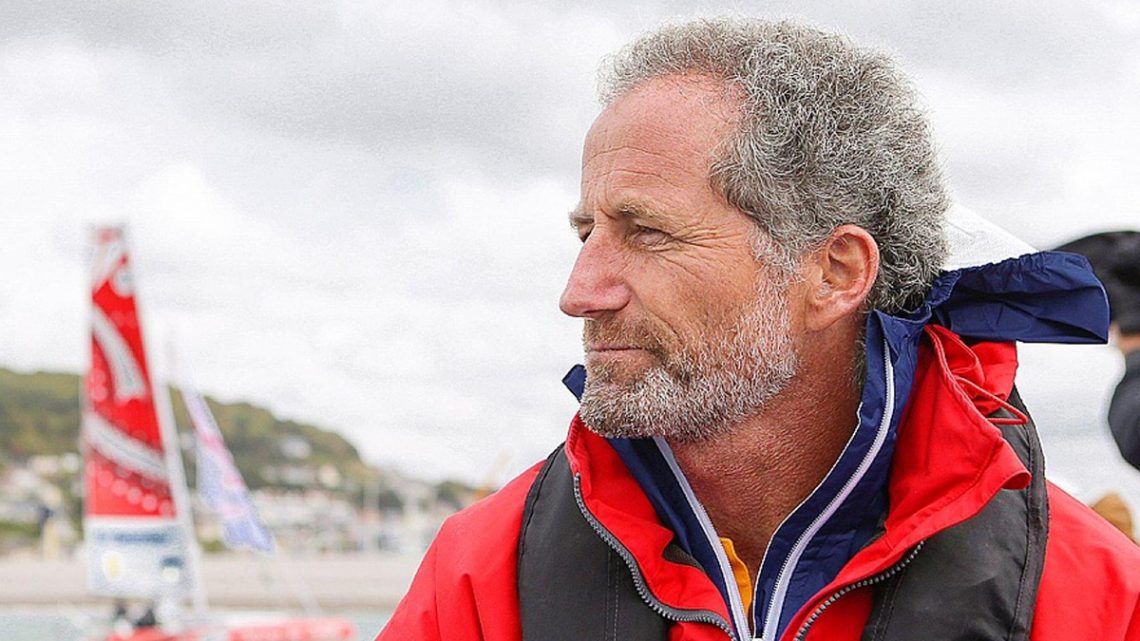
“Problem Solving” at Sea: A Lesson from Michel Desjoyeaux
When it comes to managing and solving a problem at sea, knowledge alone is sometimes not enough. An analytical and creative approach is needed—one that can be trained and improved. As the great French sailor Michel Desjoyeaux, known as “Le Professeur,” teaches.
Sailing means being self-sufficient and learning to handle a variety of situations on your own, sometimes the most unexpected ones. Especially when a problem arises, experience, specific knowledge, and practical skills can be very helpful. On board, there is a lot of equipment, instruments, and systems of all kinds. One should have some understanding of mechanics, electronics, electricity, and hydraulics to feel confident.
However, the most important factor in managing any situation at sea is mental: the approach to the problem and the ability to find a way out. It may not be the most efficient solution, but the one that is right for that precise moment. This is because, very often, the problem is not a matter of assessing the knowledge you already have, nor is it about finding information you can trust. Often, the problem lies precisely in the absence of knowledge—the lack of a solution to a specific problem.
Read also: Mooring the boat is a matter of technique and keeping a cool head
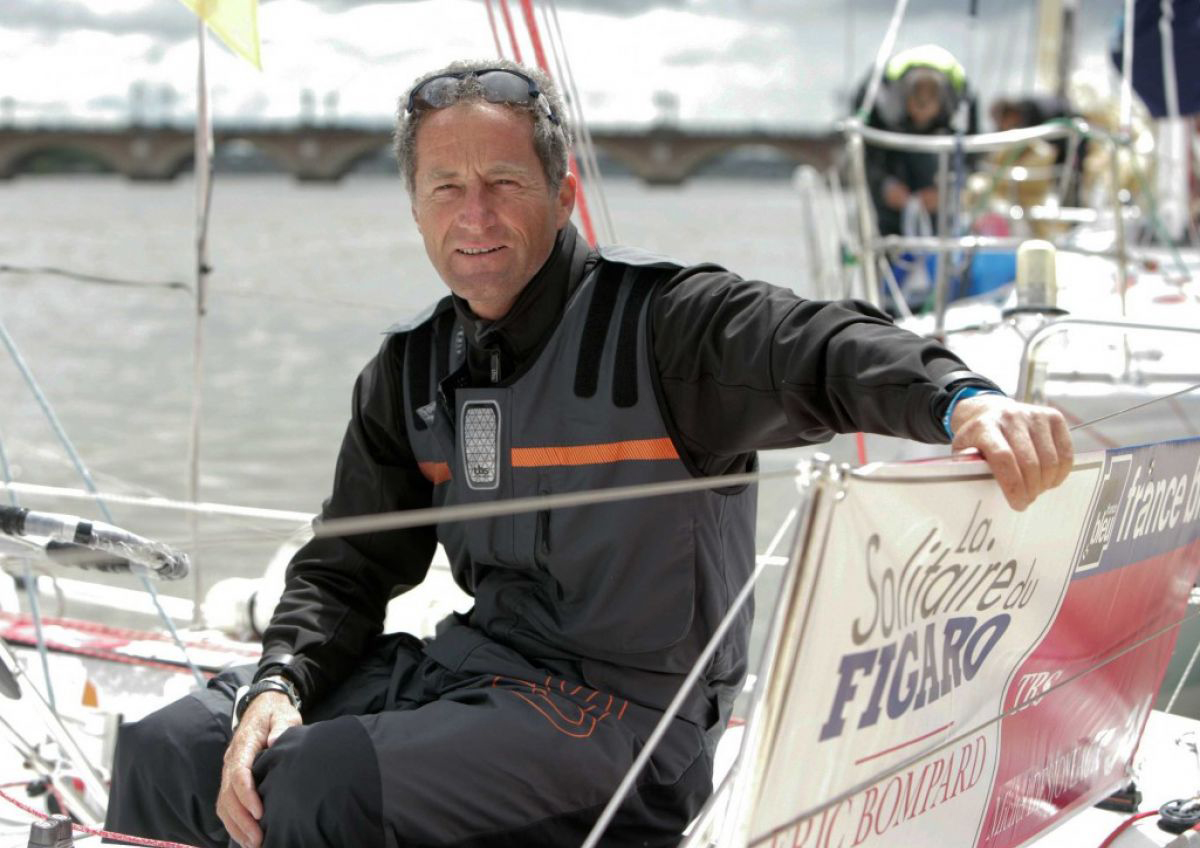
The analytical and ingenious approach of Desjoyeaux
A valuable lesson on how to face and solve problems at sea—even extreme ones—comes from a seasoned sailor like Michel Desjoyeaux, who has won the Vendée Globe not once, but twice. It’s no coincidence that French sailing enthusiasts, offshore racers, and solo circumnavigators nicknamed him “Le Professeur” for his analytical and intelligent approach to life. Desjoyeaux shows us that the kind of problem-solving mindset can be learned, practiced, and, above all, improved.
During the 2000/2001 edition of the Vendée Globe, Michel Desjoyeaux, aboard his “PRB,” is in the middle of the Pacific Ocean on his way to rounding Cape Horn. It’s New Year’s Eve afternoon, and he wants to start the boat’s engine to recharge the onboard batteries. However, when he presses the start button, nothing happens. The engine won’t start. The day before, the last time he’d started the engine, he had heard a strange noise, but at the time he hadn’t paid it much attention. Now, however, the problem is right in front of him, undeniable and pressing.
Discover the best boat rental deals

The starter motor has failed
His first decision is to dismantle the engine’s starter motor to understand why it won’t start. Upon opening it, he discovers that all the brushes have crumbled—they’re unusable, and there’s no spare part on board. The boat’s engine is a Yanmar. The sailor contacts the company, and they explain that this problem occurs perhaps once in a million cases, but without the replacement part, there is unfortunately no solution.
For most people, that answer would have been the end of it. But not for “Le Professeur.” The rules of the Vendée Globe are strict: no physical assistance is allowed, so stopping to obtain spare parts would have meant being out of the race. He had to find another solution.
Since childhood in his father’s shipyard
Michel Desjoyeaux is no ordinary sailor. He grew up in his parents’ shipyard in Concarneau, Brittany, and sailing has been his life from the very beginning. His home was connected to the yard, and that was his playground as a young boy. It’s hard to imagine a better background for becoming familiar with naval engineering. By the age of 20, he participated in his first around-the-world race as crew for the legendary Éric Tabarly, and later followed this sailing icon with a series of outstanding achievements.
With the engine’s starter motor out of order, he decides to turn off all onboard electronics that aren’t essential: displays, computers, and satellite connections. Only the autopilot with the compass and the solar panel remain operational. After all, he’s in the Pacific, surrounded by nothing but open water. Yet he still needs power—for the autopilot, the watermaker, and communications. He can’t stop and absolutely must find a way to solve the problem.
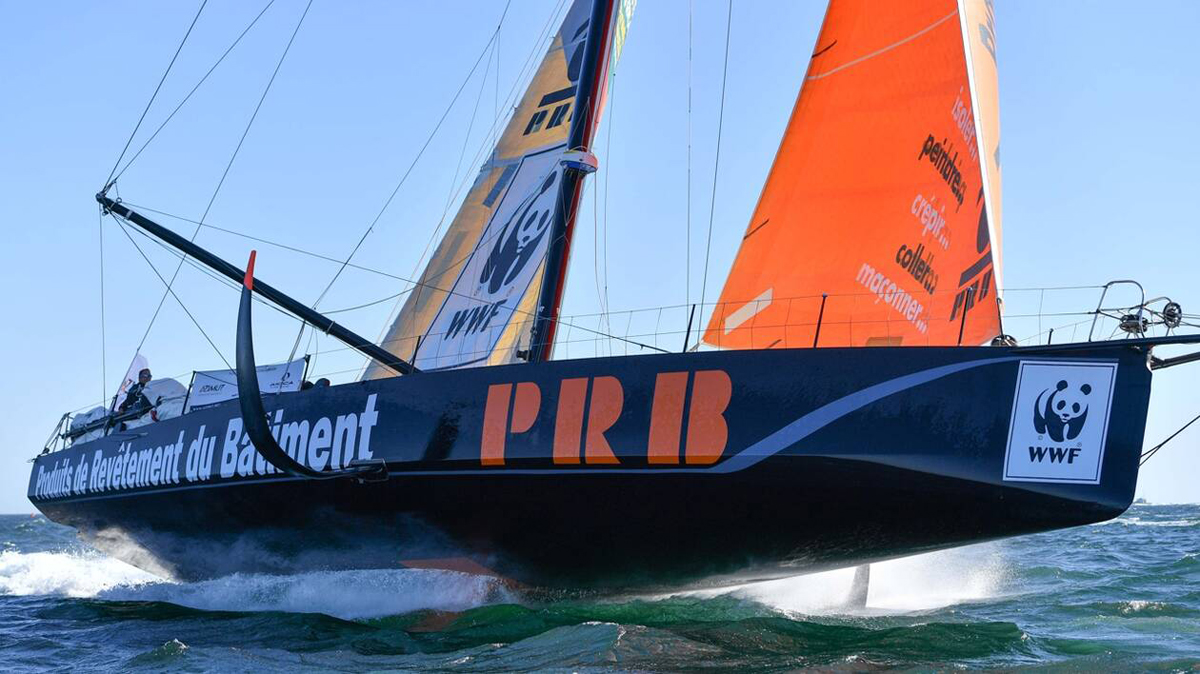
Reframing the problem
With the starter motor out of order, Desjoyeaux forces himself to look at the problem from another perspective. Can he start the engine without the starter motor? The boat has a second alternator, a device that converts mechanical energy into electricity to charge the battery.
At the front of the engine, there is a large additional pulley with two horizontal alternators, one on each side. His first action is to remove the belt from one alternator and drill a hole to insert a screw, attaching an eyelet to the alternator pulley. This allows him to secure a line to the pulley. His idea is to try to start the engine in the same way one would with a lawnmower or an outboard motor. Once the line is brought from inside the boat to the deck, he can use the mechanical advantage of the winches to help pull it.

Cold Start: An impossible challenge
When he tries to turn the winch, however, he realizes that he can’t pull long enough or with enough force to start the boat’s engine. It’s cold, with temperatures between 0 and 5°C, making it difficult for the diesel engine to start. He also doesn’t have enough battery power to preheat the engine. On older diesel engines, there is usually a decompression lever that reduces the pressure in the engine, making it easier to turn and allowing manual starting with a crank. But the engine installed on “PRB” is newer and doesn’t have this feature.
He then comes up with the idea of slightly loosening the injectors to reduce the pressure, allowing the engine to ignite the fuel as it compresses.
An idea: Why not use the wind?
He realizes that the load required to turn the engine and attempt to start it isn’t very high—around 200, at most 300 kilograms. The winch alone isn’t enough. And here comes the stroke of genius: he can harness the power of the wind-filled sails. He discards the genoa, too small, and the gennaker, too delicate, and opts for the mainsail instead. He sets up a line circuit, secured and wrapped five times around the alternator pulley, running it to the boom of the mainsail.
When he tries to start the engine this way, it fires on the first attempt. Incredible. He can continue the race and even goes on to win. His solution was exemplary and was later replicated by Sébastien Destremau in 2016, and probably by other solo sailors as well.
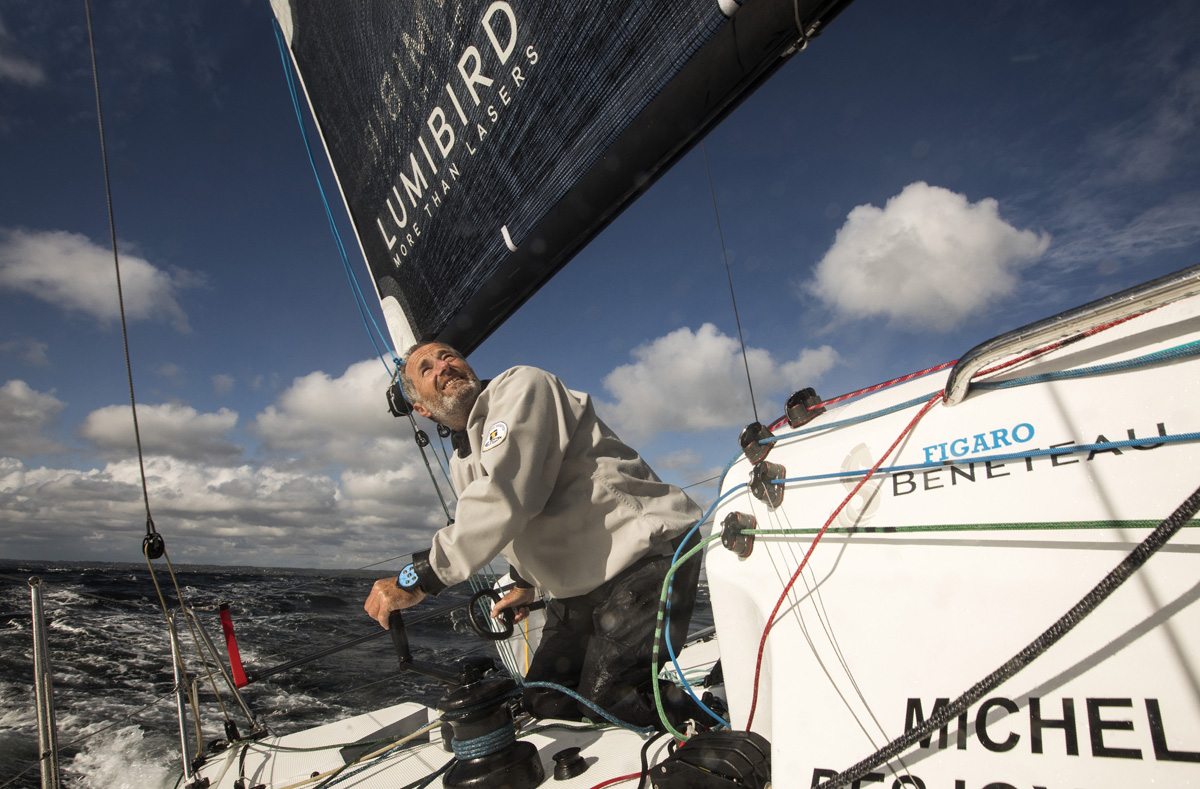
Creative Thinking: Real and surface problems
Michel Desjoyeaux faced a difficult problem—the starter motor was out of order—but he was forced to focus on the real issue, the true objective: starting the boat’s engine. The broken starter motor was only a surface problem. There was no solution to that, but it didn’t matter. What he needed was to start the engine in another way and find a solution to that actual problem.
Certainly, the complete lack of other options helped him, motivating and forcing him to be creative. Yet, even years later, this episode remains a great example of problem solving. The problem in front of us is not always the one we need to solve.
Discover the best boat rental deals
You May Also Like
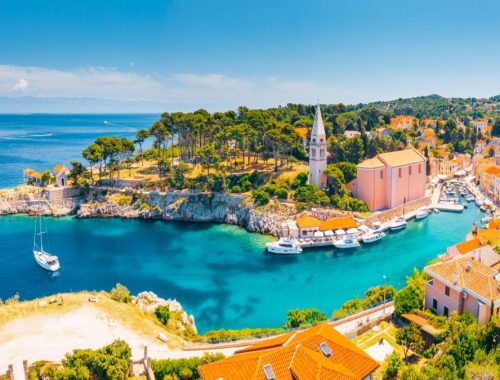
A 14-day sailing cruise through the delights of Western Kvarner and Zadar
03/12/2025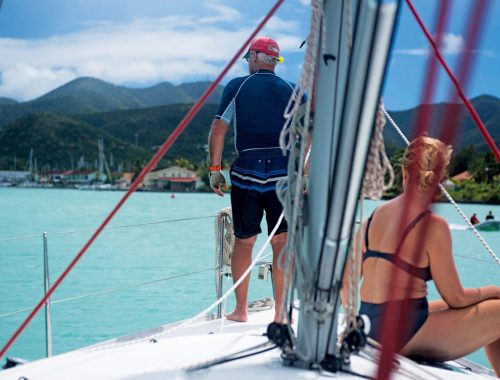
Effortlessly managing harbor maneuvers
05/02/2024